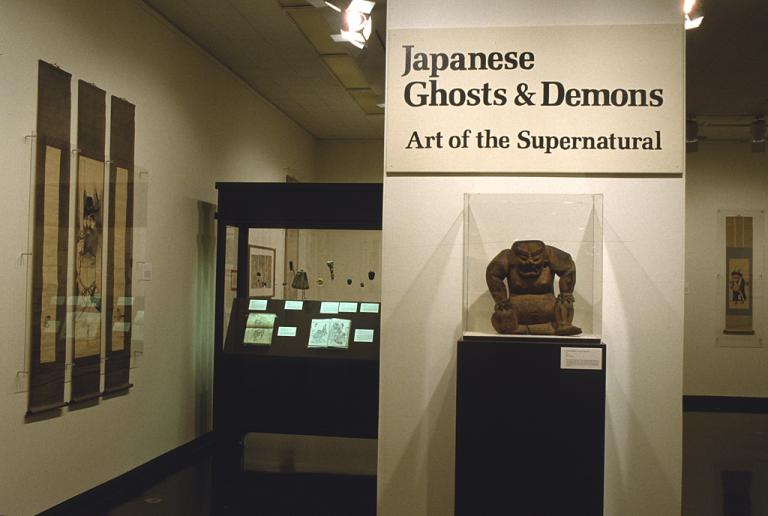Priest Raigō of Mii Temple Transformed into a Rat, 月岡芳年 Tsukioka Yoshitoshi
Artwork Overview
月岡芳年 Tsukioka Yoshitoshi, artist
1839–1892
Priest Raigō of Mii Temple Transformed into a Rat,
1891, Meiji period (1868–1912)
Portfolio/Series title: Shinkei sanjūrokkaisen (36 Ghosts and Demons)
Where object was made: Japan
Material/technique: color woodcut
Dimensions:
Image Dimensions Height/Width (Height x Width): 371 x 250 mm
Image Dimensions Height/Width (Height x Width): 14 5/8 x 9 13/16 in
Mat Dimensions (Height x Width): 19 x 14 in
Image Dimensions Height/Width (Height x Width): 371 x 250 mm
Image Dimensions Height/Width (Height x Width): 14 5/8 x 9 13/16 in
Mat Dimensions (Height x Width): 19 x 14 in
Credit line: Museum purchase: Weare-West Fund
Accession number: 1984.0036
Not on display
If you wish to reproduce this image, please submit an image request

















